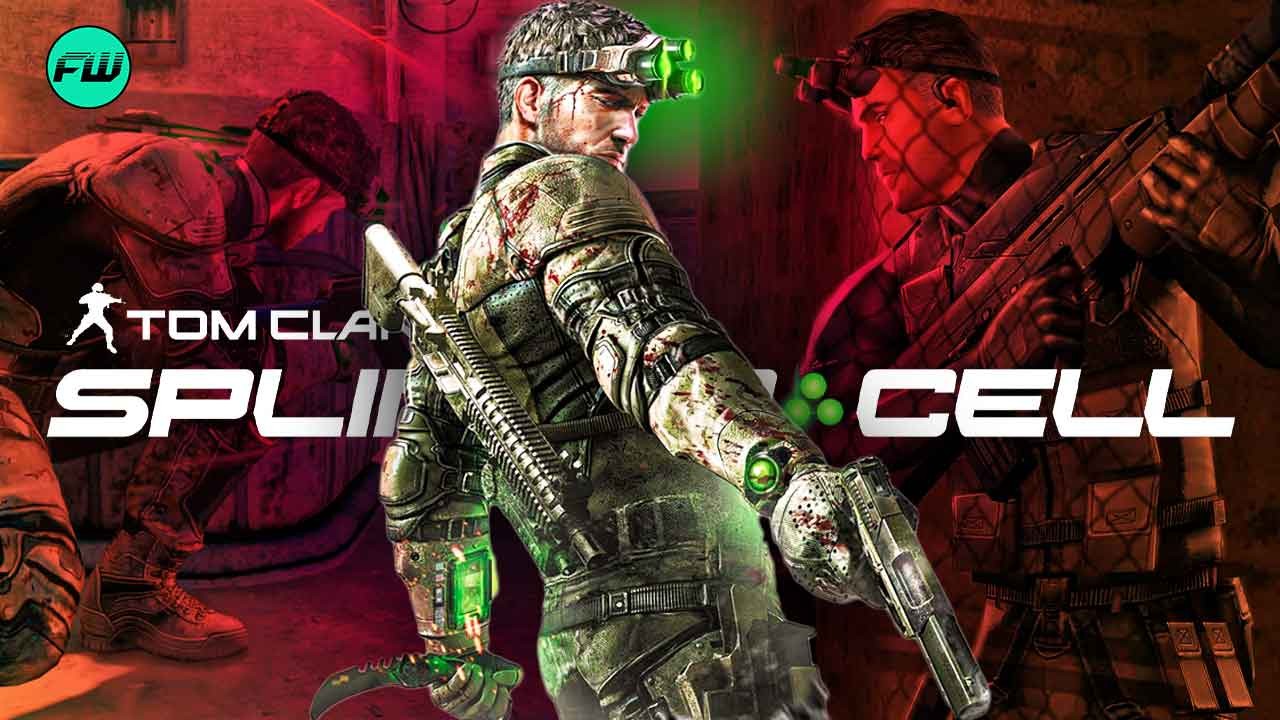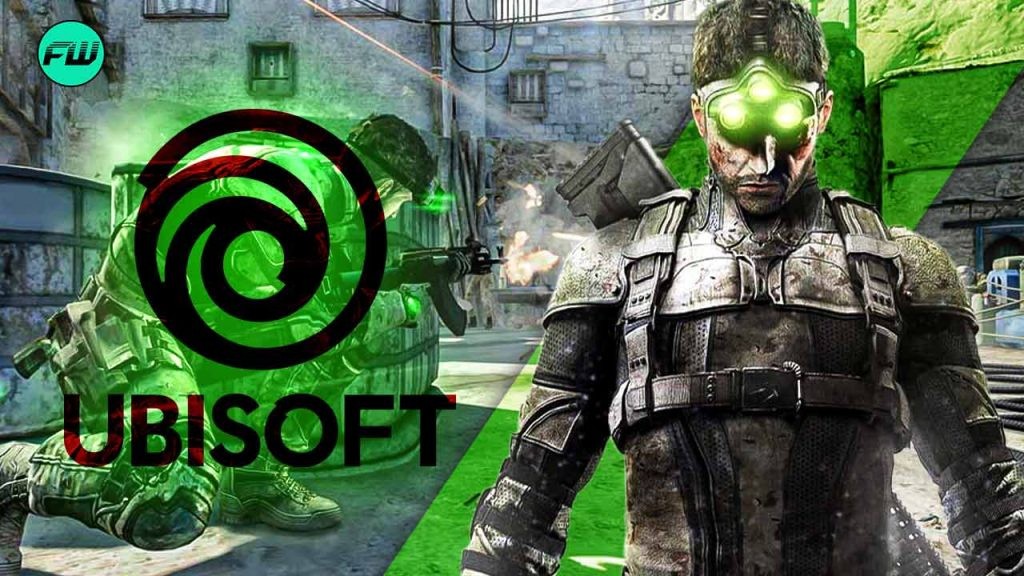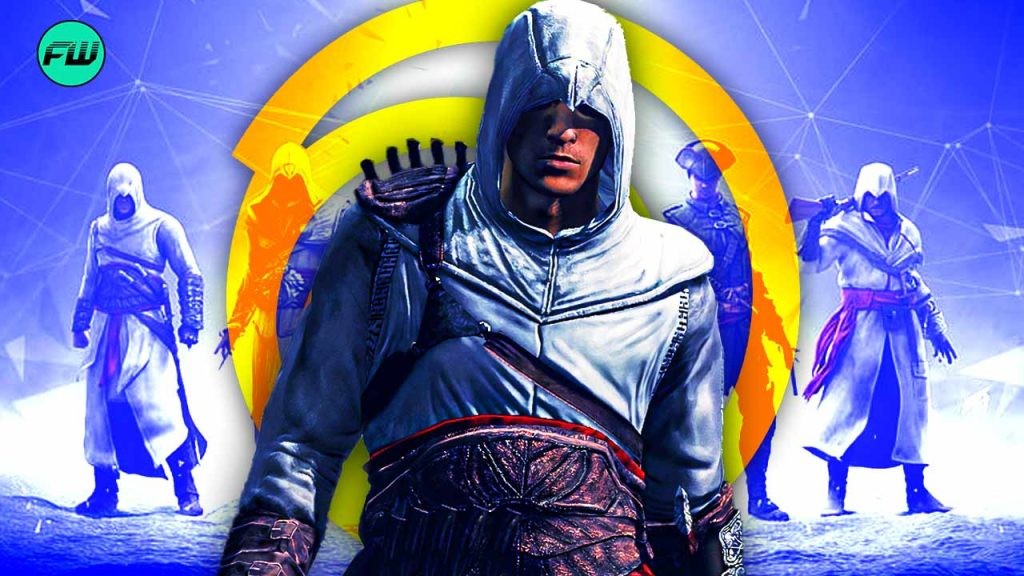For many gamers, Tom Clancy’s Splinter Cell is a series that sneakily talks about some of the best memories they had with a stealth game. Especially a title set in a universe where being silent and deadly were the coolest personality traits a professional killer could have.
But, did you know the idea was originally not something that was in favor of the masses? The game took a different spin on the franchise and introduced gamers to a world they weren’t anticipating.
An Idea That Favored Stealth Over Aggression
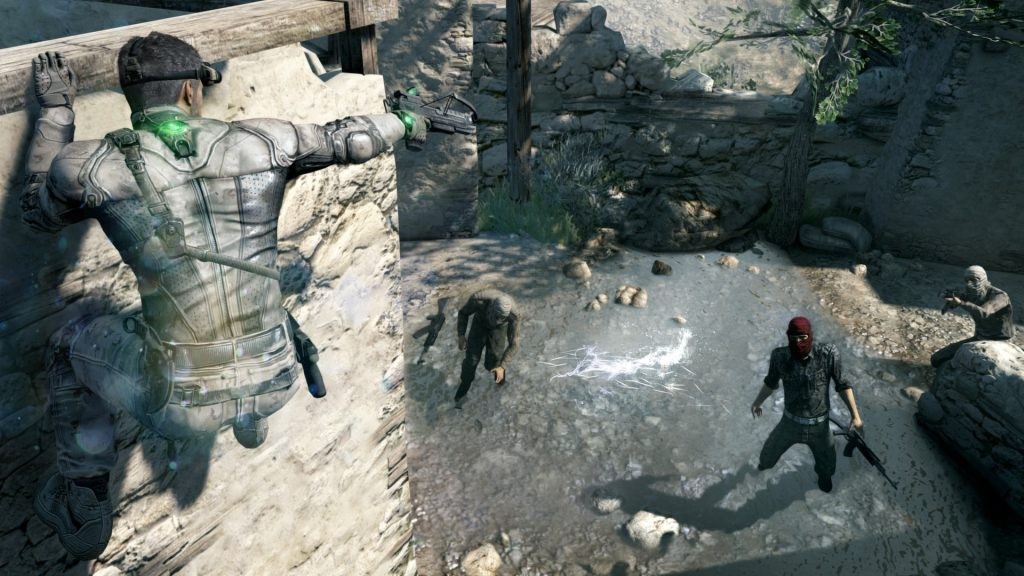
Back in 2011, GameInformer wrote about the back stories of those who worked on multiple projects for the studio. Among these, Tom Clancy’s Splinter Cell certainly stood out from the rest.
There was a good reason for this, though. Initially, a gamer’s perspective towards the Tom Clancy universe was a bit set in stone. Loud guns, aggression, tactics, and combat would blend into a series of epic gameplay sequences. And then came Splinter Cell.
Even though Tom Clancy had little to do with the series’ development, the first game was developed by Ubisoft Montreal and quickly became a testament to new ideas and concepts that were waiting to be played on consoles.
The first game in the series was all about close-combat gameplay that barely asked the player to dive into a gunfight. Rather, it would let players hide and make the best of everything that could silence their movement. Shadows and enigma became toolkits here, rather than simple ideas.
Given how the company is keen on re-designing some of the older games and adding a fresh touch to them, we might just see a day when Sam Fisher returns to the modern era of gaming in his own franchise.
Splinter Cell Managed to Create a Niche for Other Games to Draw Inspiration From
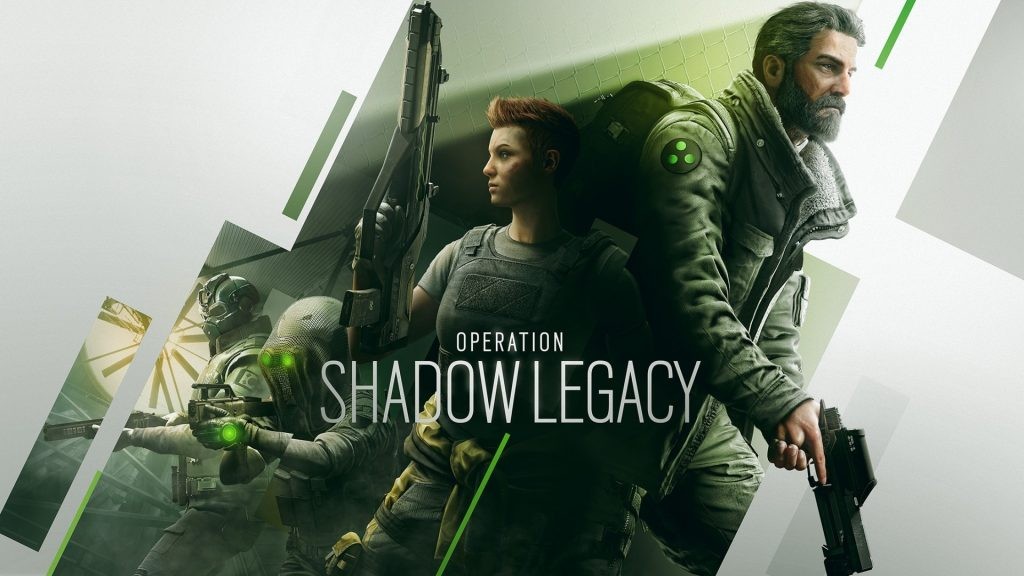
Soon after the success of the first game, titles like Chaos Theory and Double Agent delved into the stories of the protagonist’s life and connections. However, each game tries to build on the core of what made Splinter Cell so iconic in 2002.
Despite Tom Clancy’s name being immortalized through several video games, the novelist’s actual contributions to the games (especially Splinter Cell) were limited. In fact, few games simply used his name for promotional means.
Regardless of the writer’s contributions to the series, the studio managed to create a game that went much further from small and silent spaces to large landscapes where these mechanics still felt relevant.
Modern games like Rainbow Six Siege have not only used these mechanics but also featured the protagonist (Sam Fisher) as one of the playable characters. It’s remarkable how different studios have bettered the potential of the game’s original ideas.
What are your thoughts on the Splinter Cell franchise? Let us know in the comments below.

